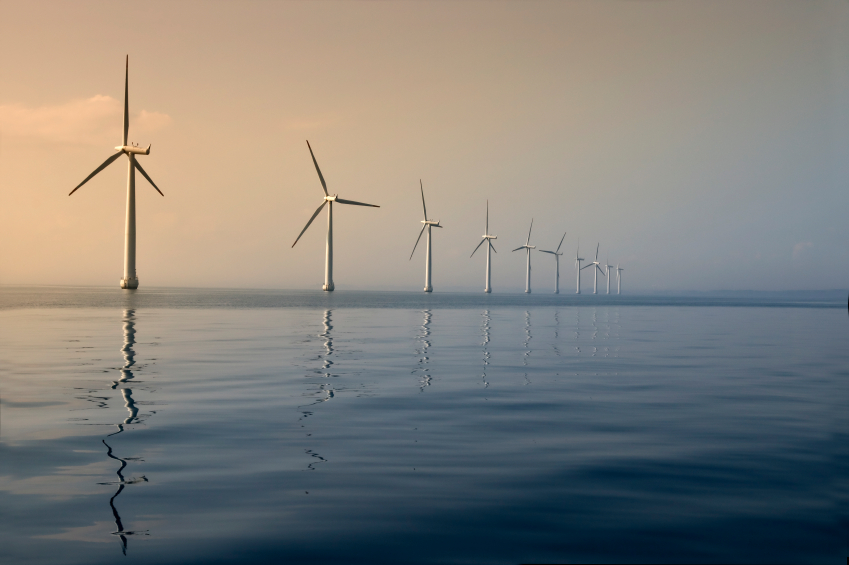In the year since obtaining a lease from the U.S. Department of the Interior’s Bureau of Ocean Energy Management (BOEM) in 2015, DONG Energy has steadily advanced the Bay State Wind project, a utility-scale offshore wind farm being planned 15 miles off the coast of Martha’s Vineyard in Massachusetts.
In that time, the company has steadily advanced the project – primarily, conducting feasibility assessments and engaging stakeholders, Thomas Brostrom, DONG Energy’s North American general manager, tells North American Windpower.
DONG Energy – which has 17 projects under operation totaling 3 GW – is certainly no stranger to project development. Nonetheless, Brostrom admits that developing a U.S. project – the company’s first in the nation – has taken some getting used to. He notes that by comparison, project timelines for European projects are generally shorter.
For example, Germany’s Energiewiende provides a one-stop shop for permitting; therefore, timelines are far shorter.
“You don’t have a one-stop shop as you have in Europe,” he explains. “It delays things a bit. Nonetheless, a lot of the pre-permitting has been completed. We’ve avoided the hardest constraints, and that saves time.”
Equally important, he says, is educating the community to offshore wind’s benefits.
Just the same, this is Massachusetts: Regulators and stakeholders are quite familiar with at least one planned project – Cape Wind.
“We have met with various members of the fishing community, residents and stakeholder groups on Martha’s Vineyard, and legislators to inform them about DONG Energy and the benefits of offshore wind,” Brostrom explains, noting that a 10-member staff has been in communications with local and state stakeholders to extol the potential benefits of offshore wind.
Cape Wind – the controversial 468 MW project proposed for Horseshoe Shoal off the coast of Martha’s Vineyard – has languished in red tape and delay for more than a decade.
“Of course, it’s an issue, but ours is a different project,” Brostrom notes. “We’ve done a lot of work in educating and explaining how far we’ve come. We’re not pointing fingers.”
In a sense, perceptions about Cape Wind provide DONG Energy with an opportunity to educate stakeholders about the Bay State Wind project. If given approval, the company plans to build an offshore wind farm, which could have an installed capacity of up to 1,000 MW.
According to DONG, the next project milestone is conducting surveys, but no timeline has been set.
As DONG Energy advances the project, an omnibus energy bill could be introduced as early as this month. DONG Energy is advocating for a 2,000 MW carve-out for offshore wind.
The bill has the potential to put Massachusetts in a leading position to deliver the first utility-scale offshore wind project in the U.S. As a so-called first mover, the state could attract the economic benefits associated with attracting supply-chain industries to locate their manufacturing and assembly facilities in the state.
A commitment to offshore wind development at this scale will provide sufficient supply-chain certainty for an industry to develop – allowing industrial businesses to establish manufacturing and assembly facilities in Massachusetts.
“However, we are also aware there is competition from other states, so the timing of this bill is great,” Brostrom says.
In It For The Long Haul
Nonetheless, DONG is here for the long haul.
“Doing a one-off project doesn’t make sense,” he says. As such, DONG Energy is looking for opportunities up and down the Atlantic coastline.
For example, DONG is preparing to take over the development rights in New Jersey following the November 2015 BOEM lease auction, which was won by RES Americas Development Inc.
The lease comprises an area that could potentially accommodate more than 1,000 MW of offshore wind. Following BOEM approval, the lease will be taken over by DONG Energy.
“We see the whole northeast Maine to the Carolinas,” he says. “There’s a lot of opportunity to expand the supply chain and advance the technology.”




